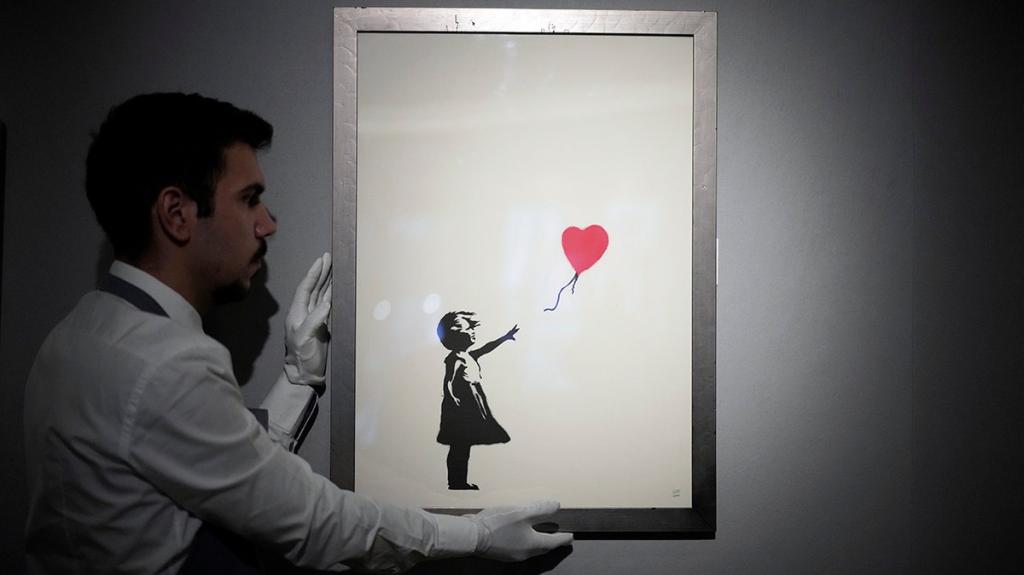David Lynch's Surreal Legacy in Film and Music
Discover how David Lynch's surreal artistry shaped the worlds of film and music, leaving a lasting legacy that continues to inspire generations.

Key Points
- David Lynch
masterfully intertwines sound and image, using music to enhance the surreal atmosphere in films like
Eraserheadand
Mulholland Drive.
- His iconic collaboration with composer Angelo Badalamenti
produced unforgettable scores that define the eerie beauty and complexity of his works.
- Lynch's enduring influence extends beyond cinema, inspiring a diverse range of musicians and continuing to shape the artistic landscape today.
David Lynch, an unforgettable figure in cinema and music, has left an indelible mark on the world with his unique blend of surrealism and storytelling. As we reflect on his life and career, it's essential to appreciate not just his films but also his profound influence on the musical landscape. Lynch’s artistry invites audiences to explore the extraordinary depths of human emotion and experience through various mediums.

The Art of Surreal Soundscapes
From the very beginning, Lynch understood the power of sound in storytelling. His debut feature, Eraserhead (1977), featured a haunting soundtrack that not only established the film’s nightmarish tone but also showcased his keen ability to blend music with emotion. The song In Heaven, performed by a radiator-dwelling woman, became emblematic of his surreal soundworld and resonated with indie rock fans, being covered by bands such as the
.

Throughout his career, Lynch collaborated with outstanding artists, creating soundtracks that transcended traditional film music. His work with composer Angelo Badalamenti, particularly on
, resulted in memorable themes that became synonymous with his unique style. The music from Twin Peaks, including the haunting track Falling sung by Julee Cruise, captured the eerie beauty of the series and left a lasting legacy that continues to influence artists today.
A Master of Emotional Landscapes
Lynch's ability to evoke complex emotions is not limited to his sounds but extends deeply into his visual storytelling. Films like
(1986) and Mulholland Drive (2001) explore the duality of American life, mingling elements of everyday comfort with the underlying disturbances that often go unnoticed. His visual narratives challenge the audience to confront what lies beneath the surface of societal norms.

For instance, Mulholland Drive's labyrinthine storytelling mirrors the disorientation of navigating Hollywood’s dark underbelly. As viewers, we are drawn into a dreamlike state where the lines between reality and fantasy become blurred. Lynch’s approach forces us to engage with our interpretations rather than providing straightforward answers.
The Lingering Influence of Lynch
Lynch's impact extends beyond film; he has inspired a multitude of musicians, from indie rockers to electronic artists. Tracks like Chris Isaak’s Wicked Game gained newfound popularity after being featured in Lynch’s films, showcasing his ability to breathe life into music through cinema. Even his own music, such as the electro-pop opener Pinky’s Dream from his album Crazy Clown Time, reflects his distinctive artistry.

His final collaboration, Cellophane Memories, exemplifies Lynch’s lifelong commitment to music, blending austere lyrics with ambient soundscapes that evoke his signature surrealism. This album stands as a fitting culmination of Lynch’s extraordinary career.
A Unique Legacy
David Lynch transcended the roles of filmmaker, musician, and artist, creating a singular universe where surrealism reigns supreme. In Lynch's world, every element is infused with meaning, compelling audiences to dive deeper and engage with the complexity of human experience. His journey through the realms of film and music serves as an invitation for us all to explore our own creative boundaries and question the nature of our realities.

As we celebrate David Lynch's incredible contributions to both cinema and music, we are reminded that his legacy will continue to inspire future generations of artists. His ability to merge sound and image into profound emotional experiences is a testament to his unparalleled vision and imagination.

